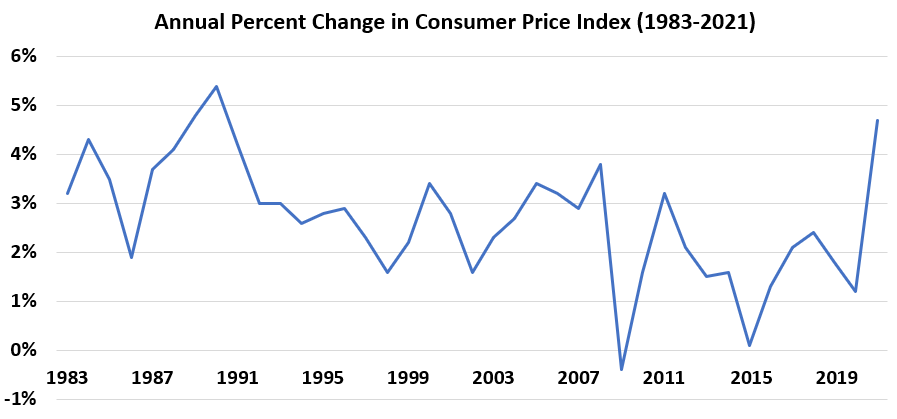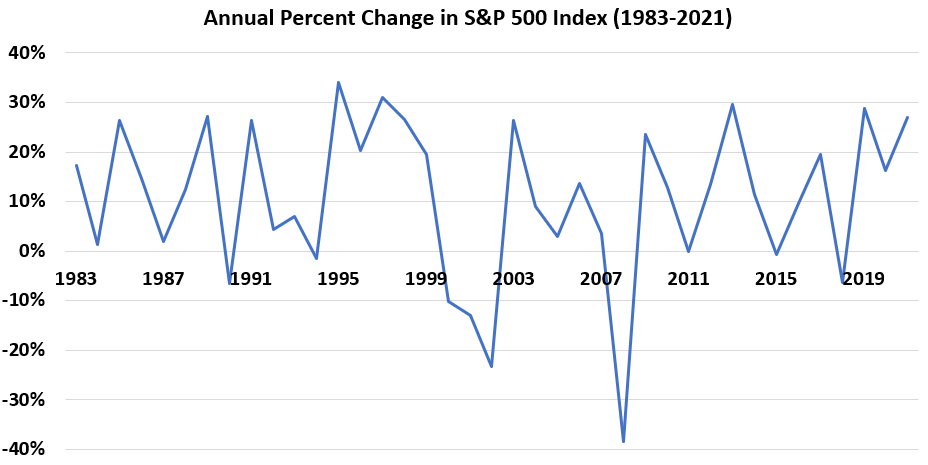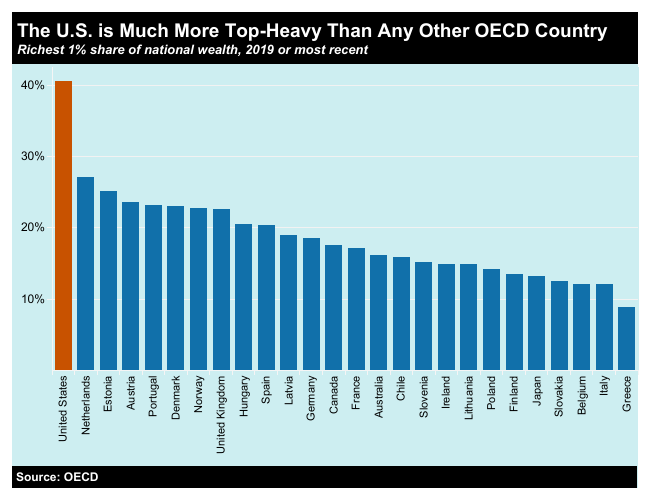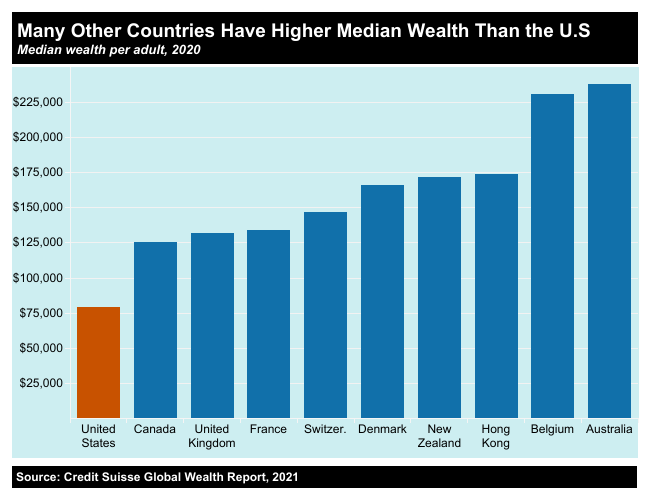This study is a remarkable demonstration of how perception and belief an affect not only how one perceives their actions but also how this impacts their bodies and health. Crum has gone on to examine other interesting effects of mindset and beliefs on human physiology including how a milkshake perceived as more caloric and decadent increased participants' feeling of satiety ("fullness") and reduced ghrelin levels (a physiological signal for satiety) more than a milkshake labeled as healthy/diet despite the fact the milkshakes were identical in their make-up. The simple belief that one shake was more decadent and rich (despite it not actually being so) led to a physiological signal of more "satisfaction". Beliefs are powerful things.
For example, stress can both enhance and hinder human performance and work by Crum and colleagues show that one's stress mindset can impact both physiology and behavior. Based on responses to a scale developed by these researchers (Stress Mindset Measure), individuals fall into either a “stress-is-enhancing” or “stress-is-debilitating” mindset by default. Importantly, though, information presented to individuals that emphasize the enhancing nature of stress show improvements in self-reported health and work performance. Additionally, the authors found that individuals with a stress-is-enhancing mindset have a stronger desire to receive feedback on their performance and show more adaptive cortisol (stress hormone) profiles under acute stress.
- Catastrophe Mindset: The COVID-19 pandemic is a global catastrophe that is wreaking havoc on our society.
- Manageable Mindset: The COVID-19 pandemic can be managed so that people in our society can live life as normal.
- Opportunity Mindset: The COVID-19 pandemic can be an opportunity for our society to make positive changes.
"Those who endorsed the catastrophe mindset more than others took the situation more seriously; they stayed home, washed their hands, and (when it was recommended) started wearing a mask. Interestingly, this appeared to be at the expense of other aspects of their wellbeing.
This contrasts with the effects of the manageable mindset. Despite maintaining high levels of wellbeing during the pandemic, people who adopted the manageable mindset to a greater extent than others were much less likely to prioritize these CDC recommendations. As such, endorsement of this mindset may reflect an attempt to deny the reality of the global pandemic and a refusal to engage with it in a socially responsible way. Over time, as people adjusted to the changes necessitated by the pandemic, it may have become more adaptive.
The opportunity mindset seemed to provide the best of both worldviews; those who adopted this mindset to a greater degree compared to others staved off major declines in wellbeing without subverting the behaviors necessary to engage with the pandemic in a socially responsible way."
For many seeking to enter the world of work, the modern job search is one of those stressful experiences than can benefit from a mindset shift.
Data show that students with a lifelong learning mindset (ie, a growth mindset) receive higher supervisor ratings of their performance in a co-operative education program and report higher levels of job satisfaction, work engagement, and job-related self-efficacy in their careers after graduation. In addition, they receive more promotions in their careers.
A study of Duke University MBA students mirrored these findings: those with an optimistic attitude about life (assessed at the beginning of their graduate program) received more internship offers, had better employment prospects at graduation, and were more likely to be promoted 2 years after graduation.
We must acknowledge that while optimism and a growth mindset can help you navigate the world and your career more effectively, we are living through a time of rapid technological progress and change. The rise of artificial intelligence, machine learning, large language models, and more have added increased levels of anxiety amongst knowledge workers (a topic I will discuss in March's blog post). We must remember though, that by its very nature, the future is uncertain and unpredictable. Dealing with this uncertainty and change by abandoning your agency is not a winning strategy, however.
Indeed, optimistic individuals tend to have better health prospects and live longer and cultivating a growth mindset is associated with increased subjective well-being & health and relationship & job satisfaction.
Some of this is surely rooted in how academia has constructed graduate and postdoctoral training (ie, an apprenticeship model) as well as actual barriers to work that exist for international students and scholars needing work visas to be employed in the United States, for example.
A great deal of job search anxiety comes from the fact that humans are often wired to focus on what they don't have versus the attributes they do possess (see last month's post and a discussion of the negativity bias). We all have valuable skills and perspectives to share but we have to believe this is the case before we can convince others of these facts.
In addition, we need to work to channel our stress and unease about a job search into productive efforts (ie, view stress as enhancing vs debilitating). Instead of allowing our feelings of inadequacy to push us toward a state of inaction or resignation remember that growth and development is part of life. Just because you aren't good at something yet doesn't mean you can't develop that skill or competency.
Take a growth mindset to developing your growth mindset. Construct a plan to enable you to assess your skills, determine where you need to develop, and chart your future, ideally before you enter a job search.
To return to the fundamentals of your mindset, a critical first step to making progress in your career, job search, and life is believing you have something to offer and contribute. Focusing on your strengths and unique experiences can help and as we have seen in some of the data shared in this piece, simply reframing your beliefs (in this case about your job search) in an affirming light - I have something to offer and contribute - can make all the difference in your experience and even, perhaps, your outcomes.
- Career Exploration 101
- Post Ph.D. Career Plans: Consider the Possibilities
- Perspective (Blog post from last month)
- Conveying Your Value Prior to and During a Job Search
- Compounded Returns: Growing Your Network and Personal Brand
Additional Reading



















 RSS Feed
RSS Feed